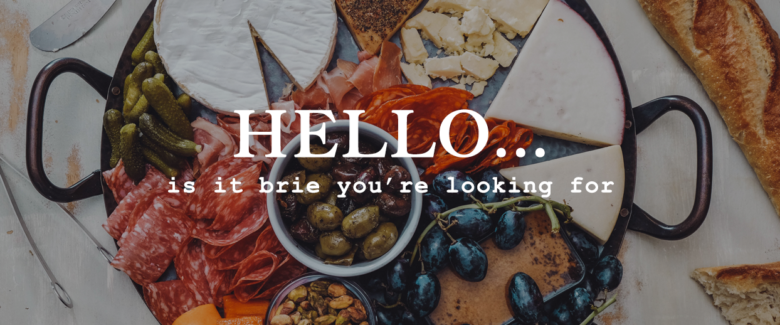This Valentine’s Day make a picnic-like meal for you and the one, or ones, you love, even if that “one” is the wonderful you.
I hate making decisions especially when it comes to making meals. I do love variety, samples, small plates, appetizers, pot lucks and the like. So when I discovered the snacking sensation of a charcuterie board, I basically found heaven. It’s fun to have a little bit of everything and that is what a charcuterie board provides. I mispronounced that word for the first two months I was indulging in and creating them. You pronounce it, SHärˈko͞odərē, if that helps any, LOL! Charcuterie boards are not limited to meat and cheese trays. You can get very creative no matter what kind of diet you are following. Here are a few.
Classic
A classic combination includes colorful fruit, vegetables, meats, cheeses, nuts, bread, and sweets. Try sliced apples, grapes, carrots, peppers, olives, almonds, hard cheeses, soft cheeses, mild cheeses, sharp cheeses, stinky cheeses, salami, prosciutto, ham, crackers, cookies, and chocolates.
Keto
A keto-friendly combination could include any of the meats, cheeses and nuts, the lower carbohydrate vegetables like cucumbers and celery, choose berries for fruit and replace the sweets with keto cookies and chocolate.
Vegan
You don’t have to skip this gastronomic adventure if you are vegan. You can include a large variety of fruit and vegetables, nuts, seeds, vegan sweets, and vegan cheeses, like these (my favorites are Violife and Kite Hill) or you can make your own.
Autoimmune Paleo
When you are trying to reduce inflammation to get an autoimmune condition under control or to prevent them you want to focus your selection on the following foods for your charcuterie board. Include celery, cucumber, sugar snap peas, carrots, jicama, beets, apples, berries, kiwi and olives. Enjoy this, autoimmune paleo, zucchini cheese. You can include nightshade-free prosciutto and Olli brand salami. Use dates and sulfate-free dried fruit for the sweets. You can find more AutoImmune Paleo recipes at the website: A Squirrel in the Kitchen.
FodMap
Many patients dealing with irritable bowel syndrome or small intestinal bacterial overgrowth (SIBO) benefit on a specific diet that removes specific foods called the FodMap diet. FODMAPs are a collection of short-chain carbohydrates (sugars) that aren’t absorbed properly in the gut, which can trigger gastrointestinal symptoms in susceptible people. These include fermentable foods, oligosaccharides (onion, garlic, wheat, rye, beans, and peas), disaccharides (milk, cheese, and yogurt), monosaccharides (fructose, apples and other sweet stuff, especially high fructose corn syrup), and polyols (sorbitol and mannitol found in some fruits, vegetables, and sweeteners).
This combination can include vegetables like bell peppers, carrots, cucumbers, and tomatoes. Fruit such as grapes, kiwi and strawberries. Cheeses like brie, feta, and hard cheeses are good choices preferably made from goat and sheep milk as opposed to cow’s milk. Skip the processed or marinated meats. Gluten-free crackers can be added, in addition to, walnuts, macadamia nuts, and dark chocolate.
I love this for dinner when I truly cannot decide what to eat. It’s fun and feels decadent and worldly. Download my detailed suggestions HERE.
Enjoy,
Dr. Stacey


